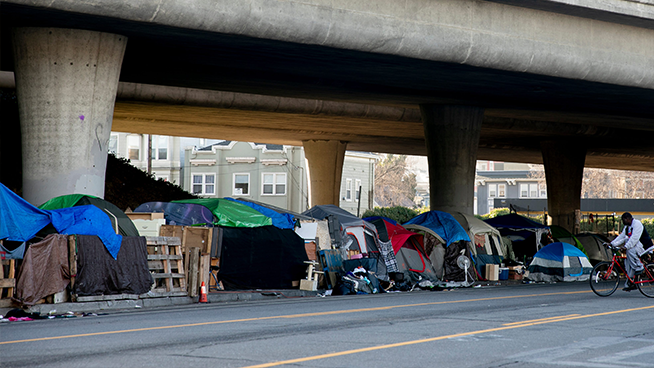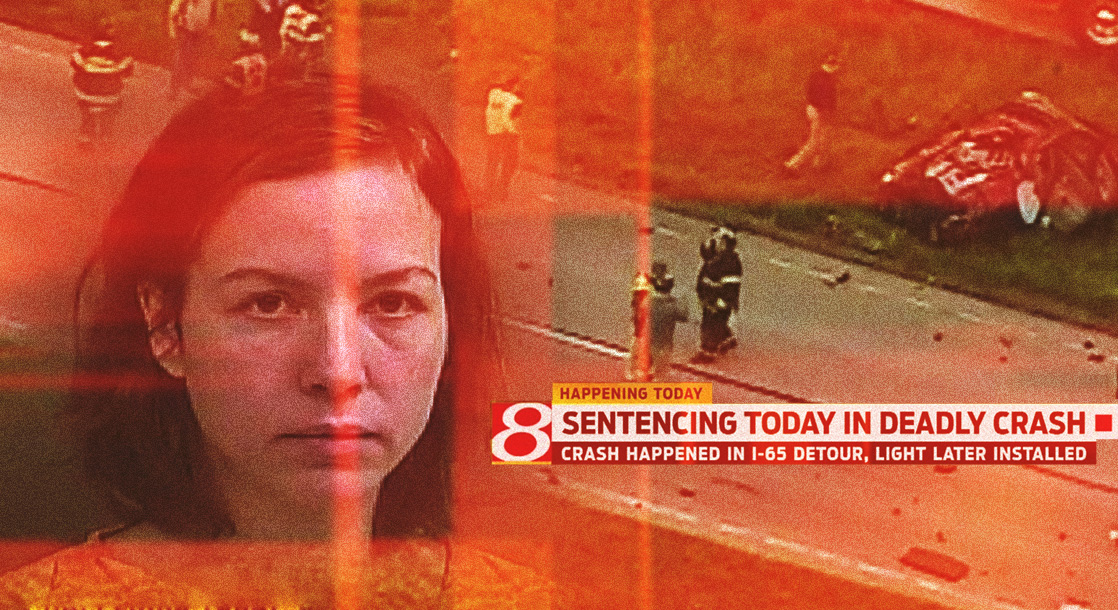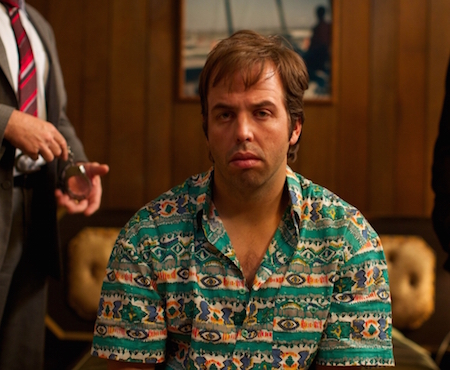Image via
To address the city’s overdose crisis, San Francisco’s mayor has announced a plan to increase police presence in an area whose residents are most vulnerable. Weeks after New York City opened the country’s first safe injection site — a proven tactic for reducing overdose deaths — San Francisco Mayor London Breed is using another strategy to address drug abuse: Declaring a “state of emergency” in the downtown Tenderloin neighborhood.
“It’s time the reign of criminals who are destroying our city, it is time for it to come to an end,” Breed said in a speech last Tuesday. “And it comes to an end when we take the steps to be more aggressive with law enforcement. More aggressive with the changes in our policies and less tolerant of all the bullshit that has destroyed our city.”
Those strong words were accompanied by a Medium post by the Mayor promising that, in addition to unleashing more cops on dealers, “Social workers, clinicians, community partners and police officers will all work in concert to offer wrap-around services at a new temporary linkage site that will connect individuals in crisis to resources like substance use treatment, counseling and medical care.”
There’s no denying that the Tenderloin is in crisis mode. Many of the neighborhood’s sidewalks are occupied by growing tent cities, plus drug dealers and visibly intoxicated drug users. The city’s much-talked-about plan to build its own safe injection site has not made much headway.
Few people who work with unhoused populations in the area — who have suffered recent cases of police brutality — think cops can play a role in bettering these lives.
“Ask unhoused people what safety looks like, they will say that it looks like having a door to lock, and being able to hold on to survival gear and medications without police confiscating them,” writes Jennifer Friedenbach, executive director of the local non-profit Coalition on Homelessness, in an op-ed.
Friendenbach states that over the last four decades in San Francisco, between 10,000 and 20,000 unhoused people have received citations for “acts inherent in being homeless such as sleeping or camping.”
“More than one-third of our jail population is unhoused, even though they make up only less than one percent of San Francisco’s population,” she continues.
In fact, an alternate plan of helping get people off the streets has already been approved by voters. Last year, San Francisco passed a ballot measure to allocate $64 million to low-income housing. That money has yet to be spent, and the Mayor has actually moved to end a COVID-era emergency housing program — good reasons to question Breed’s decision to spend the city’s money on increased police presence geared towards people on the street in vulnerable neighborhoods.
“I really don’t want to see another war on drugs,” said Del Seymour, a longtime Tenderloin resident and former unhoused individual, to the Daily Beast. “Drug use is a disease, it’s not a crime.”











